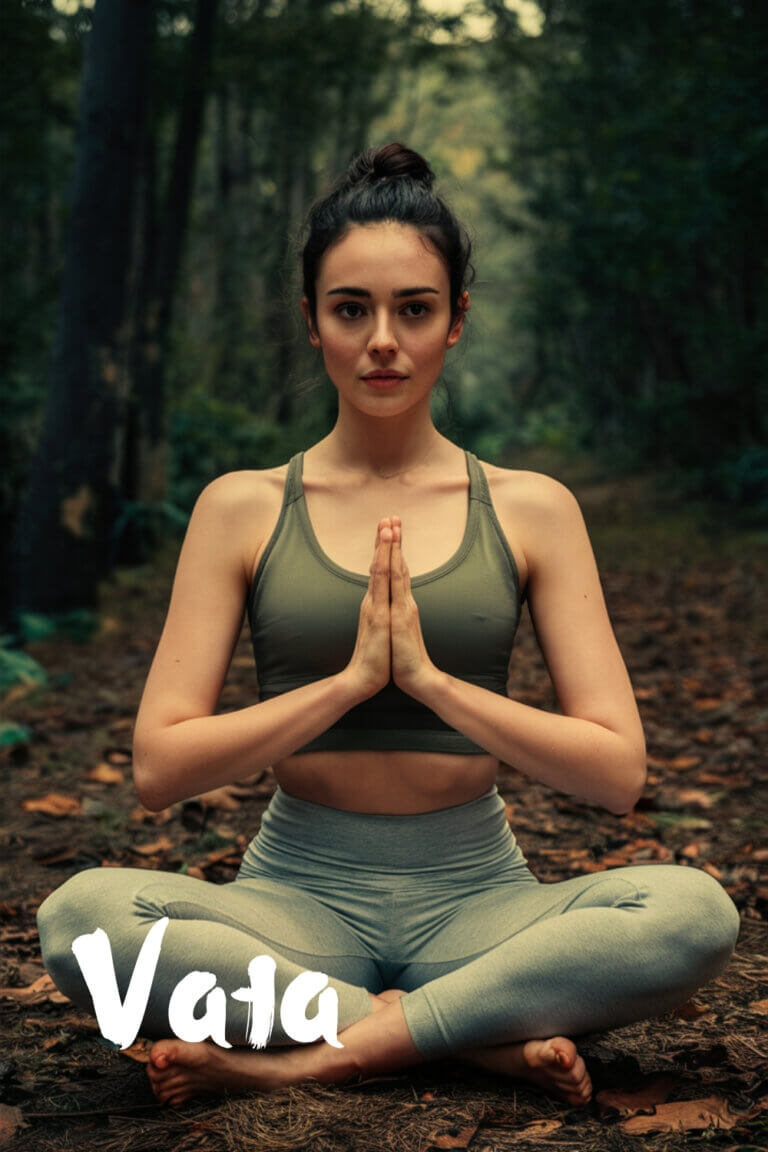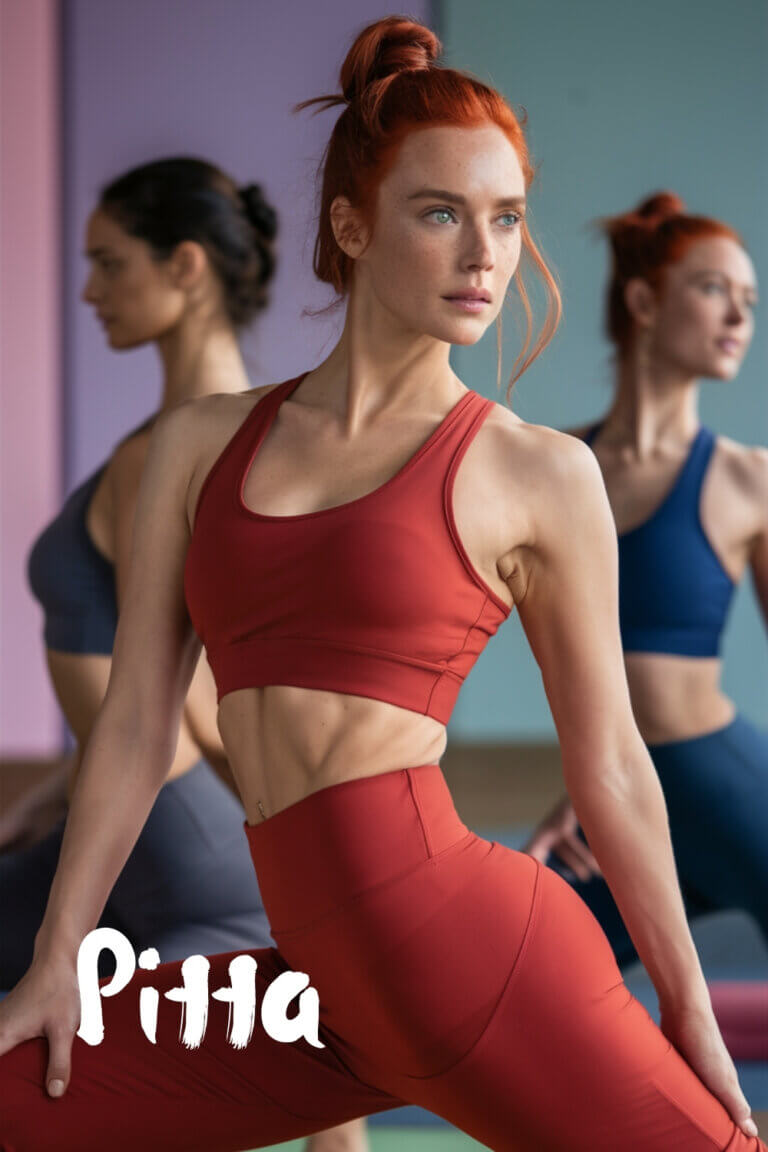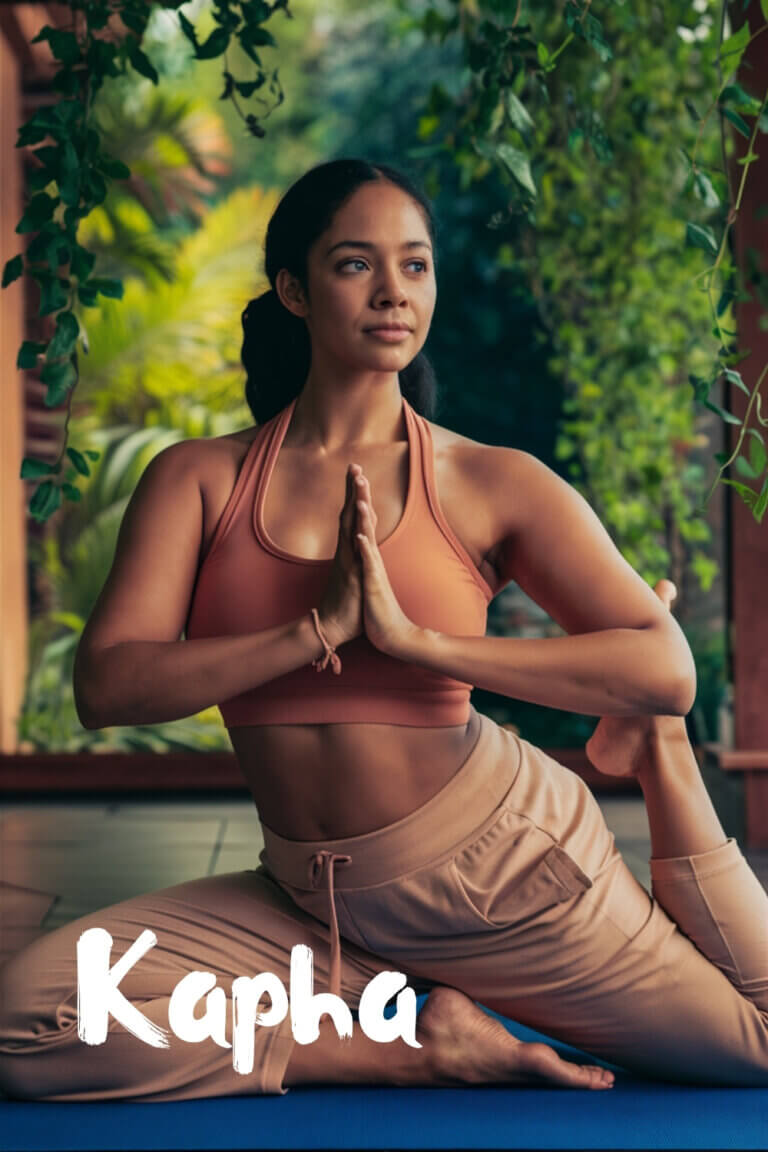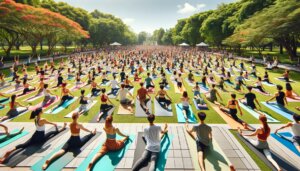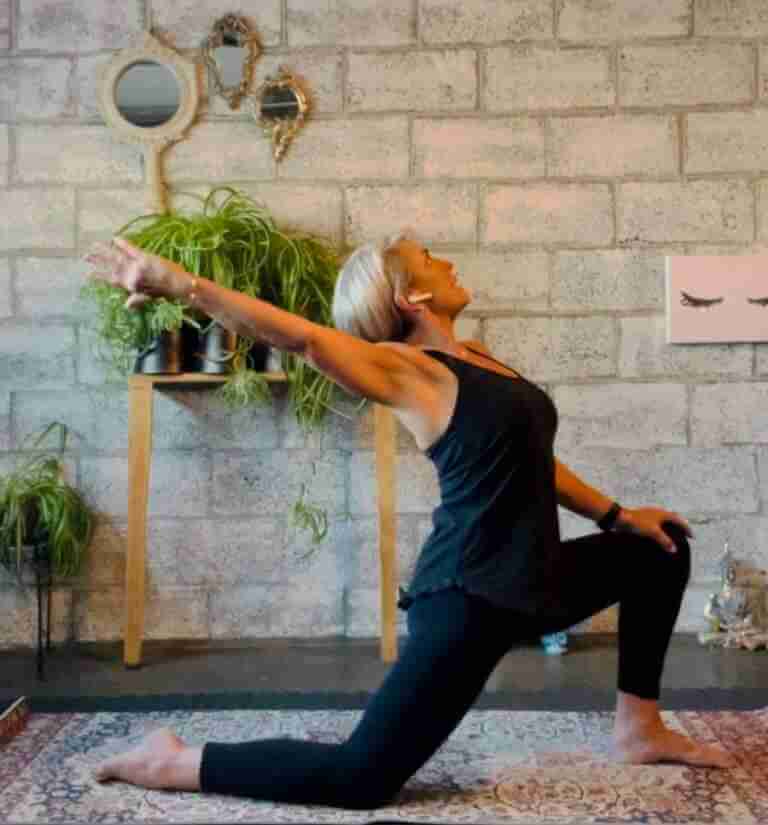
30 Day Yoga Challenge Get Started Today
A 30 Day Yoga Challenge can be a terrific way to start your yoga practice, build a solid routine, and discover the many advantages of daily yoga practice.
What comes to mind when you hear the phrase “30 Day Yoga Challenge”? A little worry? That is something I could never do! … Annoyance? Yoga is not that! … Excitement? I’m eager to get going again and push myself. Maybe even a little fatigue? We’ve faced enough “challenges” this year.

